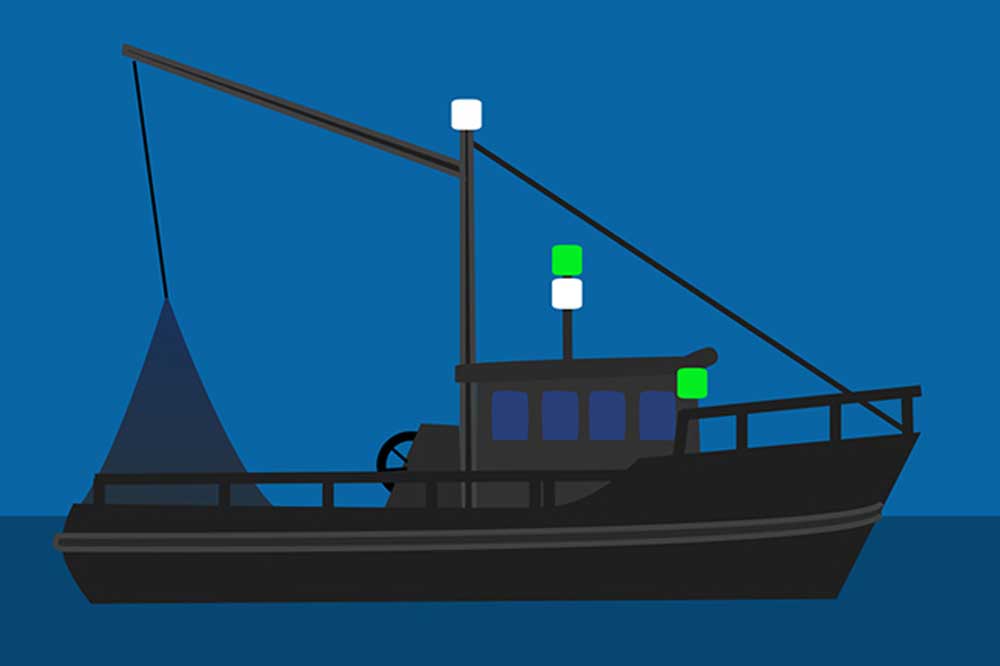Know your Navlights & Shapes
International Regulations for Preventing Collisions at Sea (ColRegs)
Anyone who is responsible for a vessel at sea, from the smallest dinghy to an ocean going supertanker, day or night, must be able to recognise other vessels and quickly interpret what they see around them. This is not always easy, especially in crowded coastal waters.
Rule 21(b) – “Sidelights” means a green light on the starboard side and a red light on the port side each showing an unbroken light over an arc of the horizon of 112.5 degrees and so fixed as to show the light from the right ahead to 22.5 degrees abaft the beam on its respective side. In a vessel of less than 20 metres in length the sidelights may be combined in one lantern carried on the fore and aft centreline of the vessel.
Rule 23 – Power-driven vessels underway (a) A power-driven vessel underway shall exhibit: (i) a masthead light forward; (ii) a second masthead light abaft of and higher than the forward one; except that a vessel of less than 50 metres in length shall not be obliged to exhibit such light but may do so; (iii) sidelights; (iv) a sternlight. (b) An air-cushion vessel when operating in the non-displacement mode shall, in addition to the lights prescribed in paragraph (a) of this Rule, exhibit an all-round flashing yellow light. (c) A WIG craft only when taking off, landing and in flight near the surface shall, in addition to the lights prescribed in paragraph (a) of this Rule, exhibit a high intensity all-round flashing red light. (d) (i)A power-driven vessel of less than 12 metres in length may in lieu of the lights prescribed in paragraph (a) of this Rule exhibit an all-round white light and sidelights; (ii) a power-driven vessel of less than 7 metres in length whose maximum speed does not exceed 7 knots may in lieu of the lights prescribed in paragraph (a) of this Rule exhibit an all-round white light and shall, if practicable, also exhibit sidelights; (iii) the masthead light or all-round white light on a power-driven vessel of less than 12 metres in length may be displaced from the fore and aft centre line of the vessel if centreline fitting is not practicable, provided that the sidelights are combined in one lantern which shall be carried on the fore and aft centre line of the vessel or located as nearly as practicable in the same fore and aft line as the masthead light or the all-round white light.
NavLights & Shapes app is designed to help all recreational and professional seafarers learn how to identify the vessels in their vicinity and the activities they are engaged in. The lights and day shapes displayed follow an international code specified by the International Regulations for Preventing Collisions at Sea (ColRegs).









